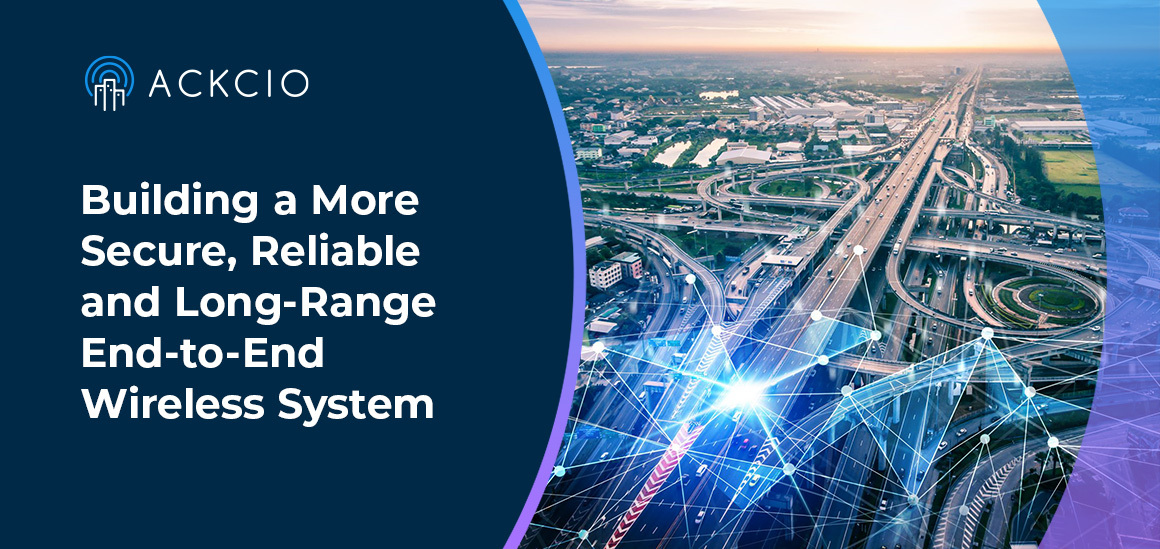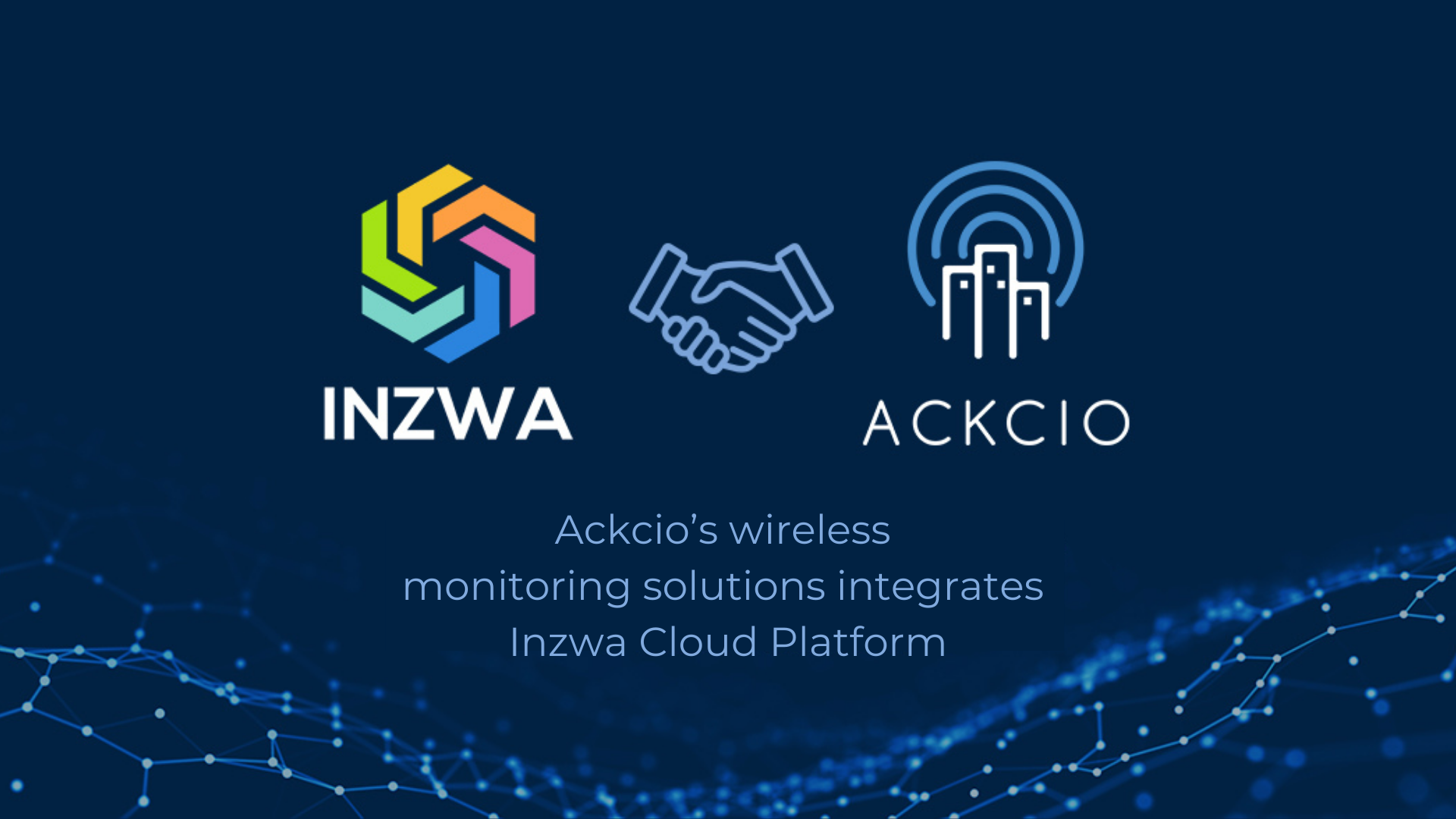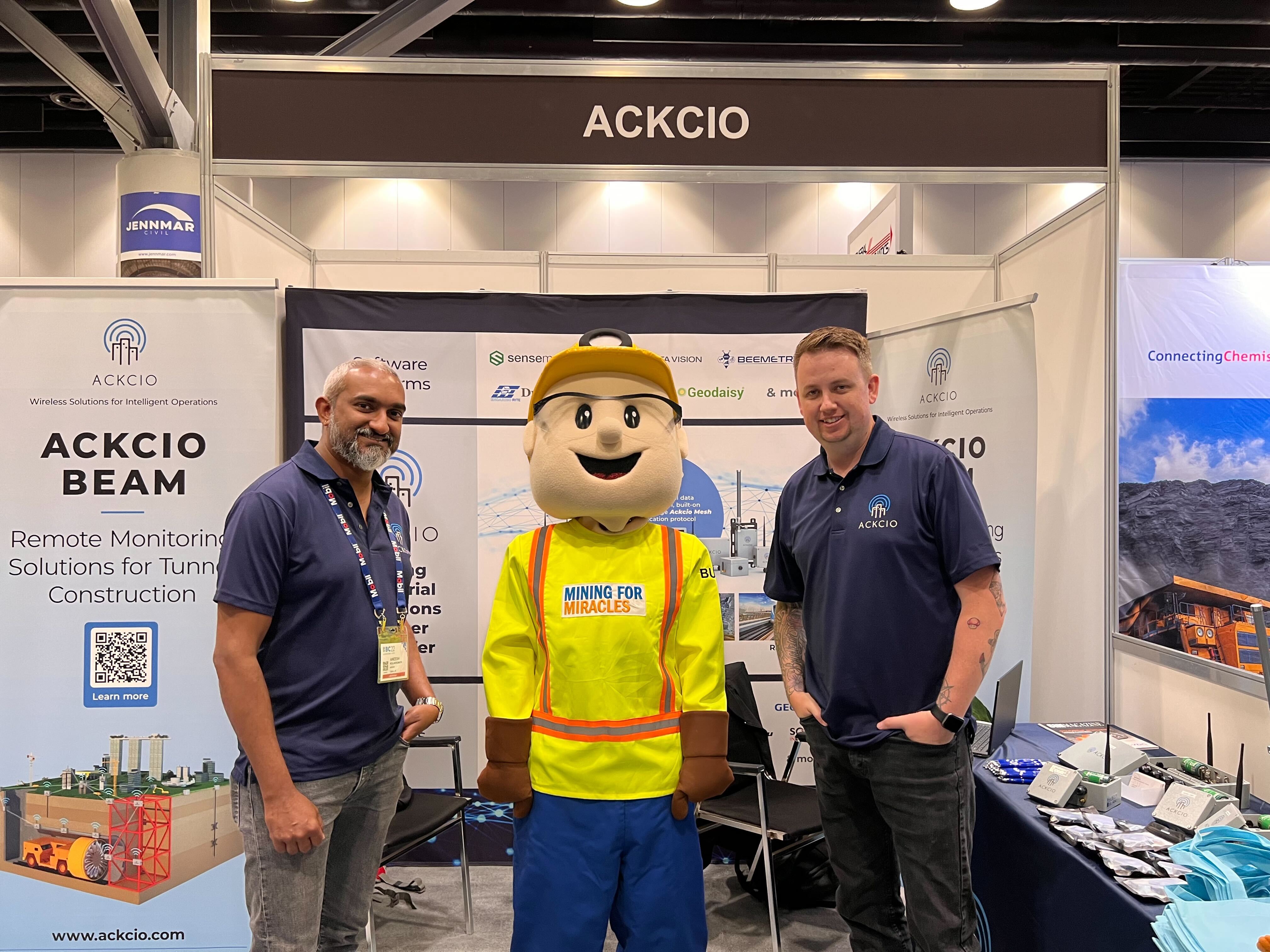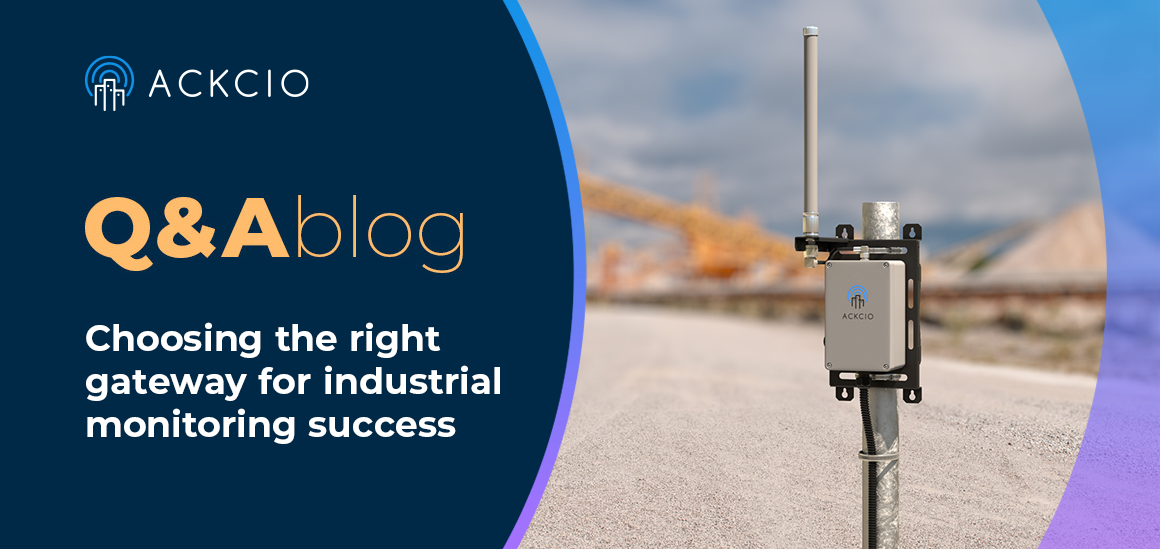
Building a More Secure, Reliable and Long-Range End-to-End Wireless System
When Mobashir Mohammad and Nimantha Baranasuriya co-founded Ackcio five years ago, they saw a unique opportunity to overcome the limitations of manual and short-range wireless monitoring for industrial applications for mining, construction, infrastructure and rail.
They set out to build a long-range digital solution to address challenges around price, reliability and connectivity that have dogged these fields by adopting different communications channels and network topologies.
“We saw that the kind of advanced wireless technology that we were working on could bridge those gaps,” Mobashir says. “To achieve that, we had to build an entire end-to-end solution.”
Ackcio is based on Wi-SUN, a long-range mesh networking communication standard that is resilient to failure and data loss.
“We took that as a baseline and started building features to cover the special needs of this industry, in terms of how robust it should be, how reliable it should be, how energy efficient it should be,” he says. “That's how the entire Ackcio Mesh came about.”
Existing System Challenges
Before Ackcio, many attempts had been made to build end-to-end systems that would connect to existing sensors and acquire readings in real-time. But range and reliability have always proven limiting factors. Until Ackcio, no other company was able to provide cost-effective, wide-ranging coverage at low power.
One existing solution, connecting sensors to a large central computer through cabled data loggers, required enormous power. This is challenging on remote sites, which rely on solar or alternate power supplies. And even in urban settings, cables can be expensive, impractical, hazardous and unsightly.
“An edge IoT system is a much neater installation,” Mobashir says. “It’s a self-contained unit that looks beautiful. So that has been a big motivator, especially for infrastructure monitoring.”
Also on the market: cellular data loggers that push the data directly to end-users. But this solution depends on optimal cellular coverage and reliable power source, making it impractical for underground and remote sites. And cellular coverage can be very cost-prohibitive.
“Imagine a site that has 1,000 sensors,” Mobashir says. “If they have to put a SIM card on each one, it could be quite exorbitant.”
Then there are other wireless solutions on the market that use a star topology, in which each sensor node connects directly to a central receiver known as a gateway.
“That’s a limiting feature because they can only provide a single point-to-point communication,” Mobashir says.
While recent advances have stretched the transmission distance in star topology systems, they are challenged in dynamic environments, such as active mines, railway tunnels or busy construction sites. In these settings, where the site is constantly evolving, data transmission links are vulnerable to obstruction, interference or other breakdowns that carry the risk of data loss.
“That's where our self-healing technology came in,” Mobashir says.
Many Paths for Data
In Ackcio’s mesh topology, the sensor nodes communicate to each other, as well as to the central gateway. If there’s an obstruction or communications block in one path, that node simply looks for the next one to “talk” to.
This solution’s mesh topology can extend up to 12 “hops” from the nodes to the gateway, with a single hop providing up to 5 km of transmission in line-of-sight settings.
“That was the gap that we were trying to bridge,” Mobashir says. “Ackcio is scalable so that it can go beyond one hop. And if any link breaks, it’s not a critical point of failure for the entire network. It can self-evolve and heal itself.”
Truly Plug-and-Play
When Ackcio’s founders were developing their technology, they knew their product had to be easy to install and commission. And that meant it would have to work well and integrate both northbound, with numerous software platforms, and southbound, with all of the leading geotechnical sensors.
“We were trying to make that seamless interaction, to provide that end-to-end solution,” Mobashir says. “You don’t have to have a Ph.D. to configure or install our units.”
In its pursuit of sensor agnosticism, Ackcio is constantly integrating more and more instruments into its system. It’s easy to onboard another data platform or sensor, Mobashir says, because they have all the necessary protocols and authentication services and multiple ways of establishing a secure communication channel with third-party providers.
“We provide a very plug-and-play way of getting the geotechnical data into our end-user’s hands,” he says. “And that’s where we stay.”

Privacy, Security Assured
Some of the most common questions Mobashir and his colleagues at Ackcio receive are about data privacy and security, crucial concerns in their industry.
Ackcio is strictly a data acquisition platform.
“We don't own or have access to the data, and we don’t offer any analytics, processing, or any AI applications on top of it,” he says. “We are, in principle, a communication channel.”
The end-user retains complete ownership of their data, which is encrypted end-to-end as it moves along Ackcio’s transmission from node to Gateway.
The client has the flexibility and freedom to build firewalls and other security features as they fit, whether they’re storing their data on servers or the cloud.
“Operators prefer to have everything under their control,” Mobashir says. “That is one of the key reasons why people find our solution interesting: it's purely on the edge.”







